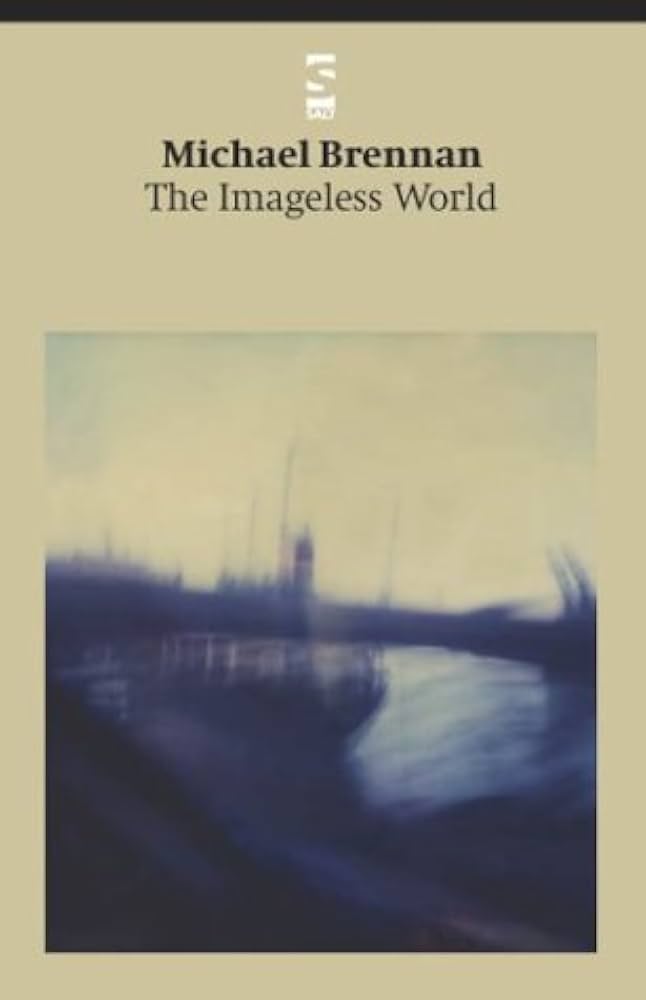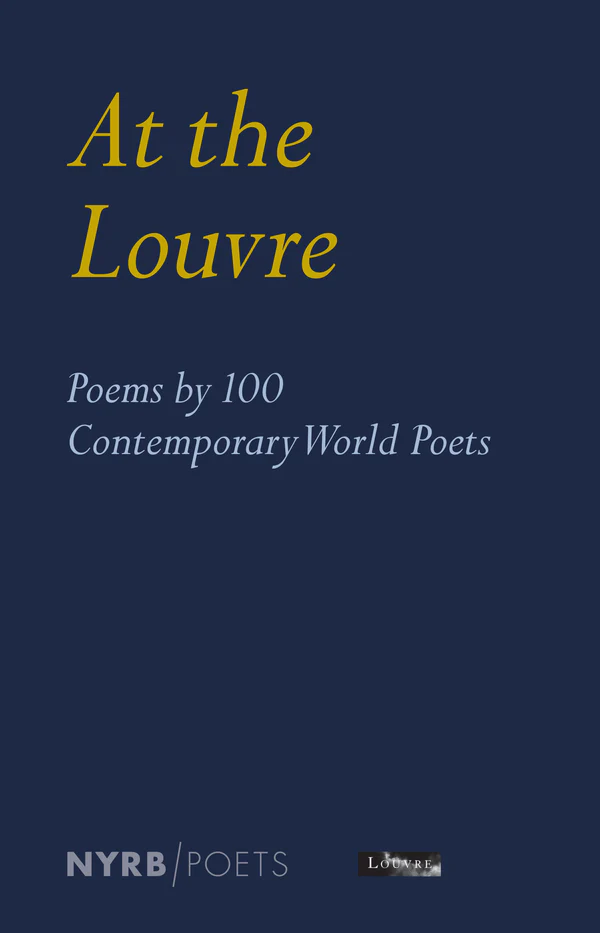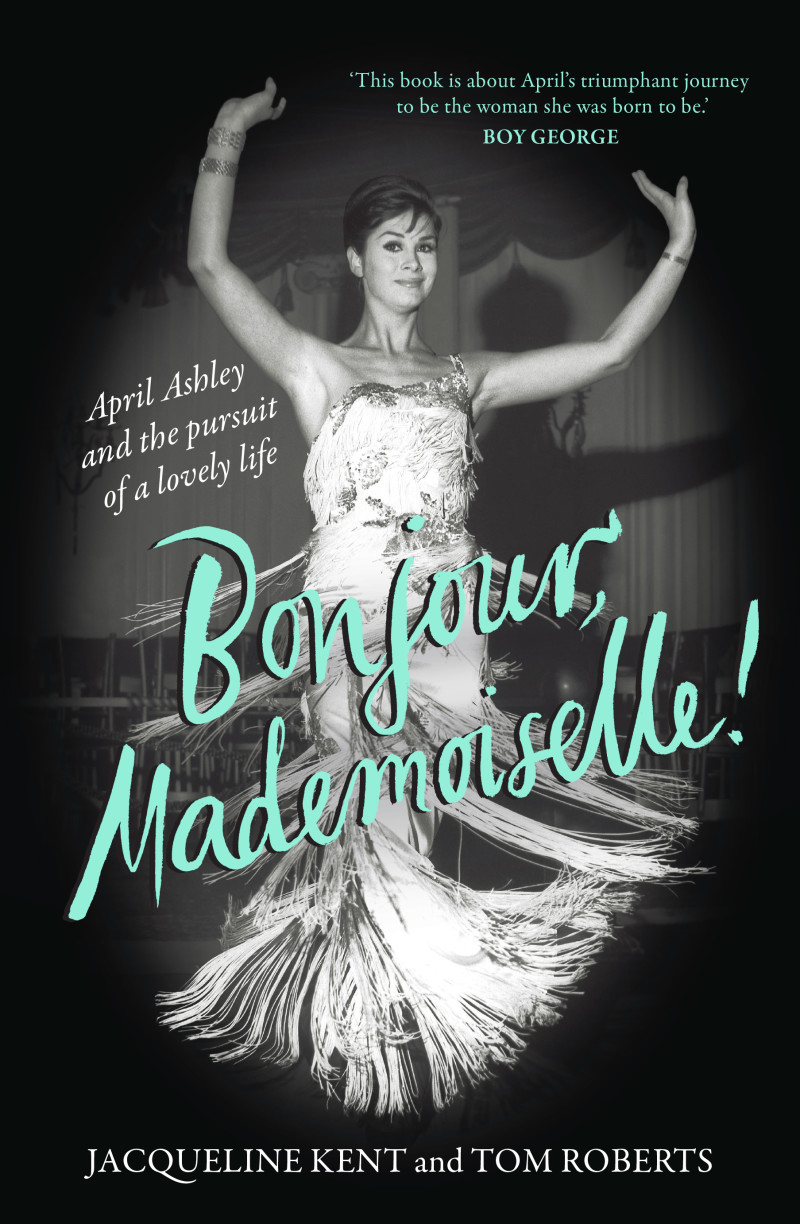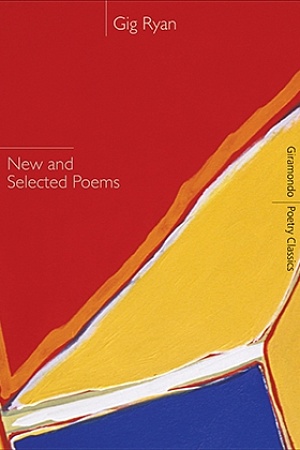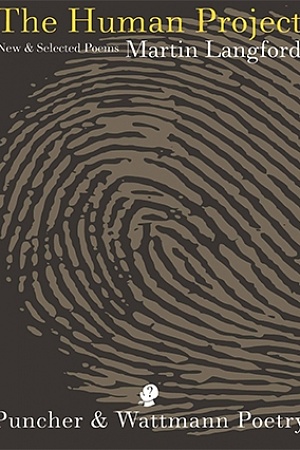The Imageless World
Salt, $22.95pb, 93pp
The Imageless World by Michael Brennan
Poetry is a form of resistance to loss, death and oppression. But, like any communication channel, it has its own resistance. Poetry does not simply communicate experience or presence. This resistant quality of the medium has often attracted attention. The opening of Wallace Stevens’s ‘Man Carrying Thing’ is a famous example: ‘The poem must resist the intelligence / Almost successfully.’
This double status of poetry (as a way of resisting and as a form of resistance in itself) suggests other problems. How, for instance, can a poet be true to both the experience that engenders a poem and to poetry? Stevens reminds us that post-Romantic lyric poetry deals with meanings that profoundly resist expression. Made from the network of language, poetry is a kind of net, something made up of a series of gaps. Poets are particularly attuned to this condition, a condition that (since poetry relies on language) is paradoxical. Poetry is a kind of negativity. Its silences and gaps shadow the words we have for those things that resist words, resist imaging: experience, presence, love, death.
Continue reading for only $10 per month. Subscribe and gain full access to Australian Book Review. Already a subscriber? Sign in. If you need assistance, feel free to contact us.
